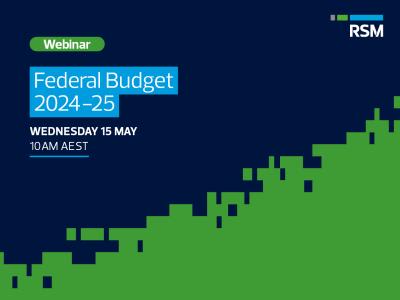Key takeaways
AUTHOR
As the hiker stood atop the towering mountain, he marvelled at the breathtaking view that stretched out before him. He had conquered the summit, but now faced a new challenge: the descent. As he began his journey down the rugged terrain, he found himself struggling to navigate the steep slopes and unpredictable weather. The storm clouds gathered ominously overhead, obscuring his path, and making each step more treacherous than the last.
Caught between the desire to push on and the instinct to wait out the storm, the hiker paused to consider his options. Should he continue descending, risking injury and uncertainty? Or should he climb a bit higher, buy more time and seek a clearer perspective even if it meant delaying his journey home? The decision weighed heavily on his mind as he searched for a way forward.
In his dilemma, the hiker couldn't help but draw parallels to the Reserve Bank of Australia's (RBA) current situation. Much like him, the RBA had successfully ascended on the path of monetary policy, only to find the descent fraught with challenges. Inflation, like the impending storm, threatened to obscure the path forward, leaving the central bank grappling with difficult decisions about the direction of interest rates.
The March quarter CPI, while showing a downward trend, exceeded market expectations. As a result, the market has recalibrated its outlook, now anticipating a delay in the easing cycle with a hike or two sprinkled in the midst. However, this unexpected turn of events doesn't alter the course for the upcoming meeting in our view.
With the RBA convening next week, we expect it to maintain the current interest rate levels at 4.35%.
We anticipate the RBA to look for a better balance of risks for its dual directive of maintaining price stability and retaining the labour market strength. While the RBA has acknowledged advancements in certain areas of its mandate, it faces significant headwinds.
Policymakers' concerns regarding persistent inflation are well-founded, but it's not solely inflation that could prompt the RBA to raise rates. The actions of Treasurer Jim Chalmers on May 14 hold significant weight. It's crucial that the Federal Budget remains neutral at best to complement the RBA's efforts; a stimulatory budget risks undoing the progress made so far in tackling inflation.
Following the Budget and the anticipated tax cuts, the RBA, ideally, would seek two more quarterly CPI prints (2Q24 on July 31 and 3Q24 on October 30) before making any pivotal decisions. Our base case is for the RBA to stay on hold until 4Q24 (pushing back from 3Q24 previously).
The reduction in the frequency of meetings underscores the importance for the RBA to exercise utmost certainty in its decisions, lest it undermine its credibility.
With monetary policy gaining traction, we are increasingly seeing a softer pace of inflation for discretionary goods and services which has been offsetting the rather sluggish price normalisation in the non-discretionary area.
Price pressures in key areas under the essential categories do not seem to be receding fast enough. Rents and insurance featured prominently in the 1Q24 inflation print. The RBA recognizes that factors such as population growth, demand for rentals and undersupply of housing are structural challenges that monetary policy cannot alone address. Additionally, in areas such as the insurance market, costs have been rising due to unforeseen events like weather disruptions and increasing challenges in the residential market following builder insolvencies.
By understanding the limitations it faces in addressing certain aspects of economic performance, the RBA would ideally try to work around these factors and for decision-making, prefer to hold a long-term view than react at each data point.
Yes, inflation was stronger than broadly expected but it wasn’t strong enough to materially change the RBA’s outlook in our view.
Moving forward, a desirable scenario would involve a gradual relaxation of the labour market as we transition away from seasonal fluctuations. However, should the tightness in the labour market persist, it could present a different narrative altogether.
FOR MORE INFORMATION
If you would like to learn more about the topics discussed in this article, please contact Devika Shivadekar.
Devika Shivadekar

Devika Shivadekar, our seasoned economist, boasts extensive expertise in macro-economic and financial research across APAC. With over 8 years of experience, including roles at the Reserve Bank of India and a top investment bank, she now excels at RSM, aiding middle-market clients in making informed business decisions.
Her passion lies in simplifying economic data for clients' comprehension. Devika closely monitors macroeconomic indicators, such as growth and inflation, to gauge economic health. Get in touch with Devika >





